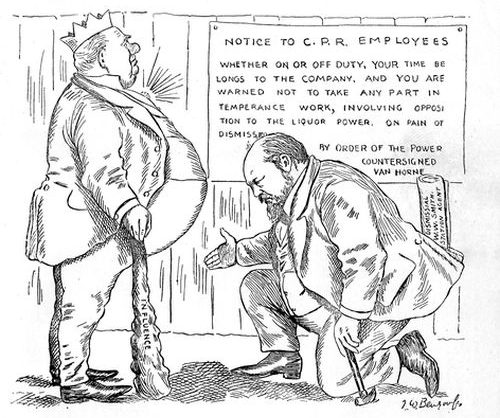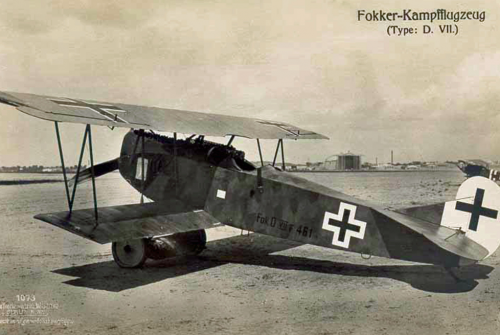Brome-Missisquoi’s Bygone Marshlands Reconstituted by Hollywood in 1940
To construct a model of the lost wetlands that formed the landscape of Brome-Missisquoi and to reconstitute this bygone geography represents quite a challenge for historians and archeologists. Sometimes, the movie industry lends a hand to visually reproduce these environments that have disappeared over time. An example of this can be seen in a 1940 Hollywood adventure movie called Northwest Passage. It tells the story of The Rogers Rangers and their dangerous expedition across the wild and hostile territory of the Eastern Townships.
In 1937, American writer Kenneth Roberts wrote about a heroic period during the 18th century, taken from the memoirs of a British adventurer, named Robert Rogers. The novel, Northwest Passage, traces the adventures of Major Rogers through a historical account of an avenging military expedition organized by colonial Americans serving in the British army. The Rangers’ mission would take them to the Odanak Abenaki village in Saint-François, in the heart of New France during the Seven-Year War (1754–1763). After having purchased the copyrights, Hollywood’s Metro-Goldwyn-Mayer film company immediately hired King Vigor to write an adventure script starring Spencer Tracy playing Major Rogers. While in Los Angeles, the Hollywood studio contemplated filming this epic production in its original setting, especially the sequences that dealt with the Rangers’ forced trek across the Missisquoi Bay marshes to reach the Abenaki village.
To carry out their research, Northwest Passage benefitted from the services of a veteran Canadian soldier, Malcolm Brown, who was hired, as artistic director, to gather information describing the Missisquoi Bay landscape and details of this French colonial period. An American cinematographic location firm went on a six-month search to find an area which could still resemble the old marshlands of the 18th century between Vermont and Quebec. A team was sent to Brome-Missisquoi to follow Rogers’ initial route to Odanak in 1759, which apparently spanned over the territories of Philipsburg, Saint-Armand, Bedford and finally Bromont. Unfortunately, the pictures sent back to the California studio by the firm proved that it would be impossible to send Spencer Tracy and a team of 225 actors, and directors to Quebec. Since 1759, the geography had changed too much around Lake Champlain, especially Missisquoi Bay, all the way to the Saint-François River. Over the past 220 years, agricultural colonization had transformed the original landscape into farms, pastures, roads and railways which all replaced the wetlands and the period vegetation except for a few marshes, such as Alderbrook, near Sutton. Even the Rangers’ return route wasn’t exploitable. The summer tourist centres, parks, boat launches, sailboats around Magog and Memphremagog Lake made it impossible to film a historical movie here.
They continued their search for lakes and forests typical to the French period. Another team investigated territories in Oregon, Montana, Wyoming, Utah, Nevada and finally in Idaho, where they found the environment they were looking for. The film producers discovered the setting for their cinematographic period in the spring of 1938, around Payette Lake, in the southern mountains of the state. A film team crew up the following summer and took pictures for the backdrops and long shot views in preparation for the film. Then, as the actors were about to leave Hollywood, strong gusts of wind and snow fell too early in the season. Metro-Goldwyn-Meyer had to postpone shooting until July 2, 1939, when conditions were still very trying.
The film came out in 1940 and received an Oscar nomination in the best photography category for its Technicolor visual reconstitution of the wild marshlands. Today the film can be rented on the web. Although it depicts the difficult relationships of colonials with and the First Nations, it is an excellent way to discover what the undeveloped landscapes of Brome-Missisquoi looked like in the 18th century.
Web link: 1940 Northwest Passage trailer: https://www.youtube.com/watch?v=a1VZWty39-U




1 comments